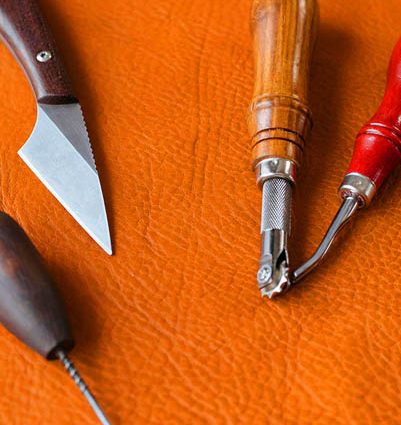Tools are the backbone of any craft, trade, or industrial operation. They’re the silent partners in getting the job done right. But like any trusted partner, they need care and attention to perform at their best. Neglect them, and you’re not just looking at poor performance—you’re shortening their lifespan and increasing costs.
That’s where maintenance comes in. Regular upkeep is the unsung hero of tool longevity, keeping them sharp, reliable, and ready for action.
Preventing Wear and Tear
Every tool, no matter how durable, is subject to wear and tear. Proper maintenance helps slow this natural process, preserving performance and functionality.
- Lubrication: Moving parts like hinges, blades, and gears need regular lubrication to reduce friction and prevent grinding.
- Cleaning: Dirt, debris, and moisture can corrode metals or dull edges. A quick wipe-down after use keeps tools in prime condition.
- Proper storage: Tools left exposed to the elements face rust, warping, and other damage. Maintenance includes storing them in dry, organized spaces.
By addressing these small issues consistently, you can prevent them from becoming bigger, costlier problems.
Optimizing Performance
A well-maintained tool is an efficient tool. When tools perform as they should, tasks are completed faster, with greater precision and less frustration.
- Sharpening blades:
Dull blades don’t just slow you down—they can damage materials and increase the risk of injury.
- Tightening loose parts:
Loose screws or bolts can throw off accuracy and stability, making tools less effective.
- Checking alignment:
Precision tools, like punches or rivet setters, need perfect alignment to deliver consistent results.
Preventing Unexpected Breakdowns
Few things derail a project faster than a tool breaking mid-task. Maintenance helps you catch potential issues early, reducing the likelihood of sudden breakdowns.
- Regularly checking for cracks, wear, or rust allows you to address problems before they escalate.
- A small part, like a spring or a gasket, can make a big difference. Swapping it out early can save the whole tool.
- For power tools or complex machinery, clearing out dust and grime prevents overheating and mechanical failure.
Think of maintenance as insurance against costly downtime.
Saving Money in the Long Run
Neglecting maintenance might save you time now, but it’ll cost you later. Proper care extends the life of your tools, reducing the need for replacements and repairs. Investing a little time in maintenance pays off with big savings over the long haul.
Developing a Maintenance Routine
Extending tool lifespan doesn’t require complicated processes. A simple routine can make all the difference:
- Daily: Wipe down tools after use and store them properly.
- Weekly: Check for loose parts, dull edges, or signs of wear.
- Monthly: Perform deeper cleaning, lubricate moving parts, and inspect for damage.
- Seasonally: For power tools or equipment, conduct a thorough inspection and replace worn components.
Consistency is the secret to making maintenance a habit.
Conclusion
Tools are an investment. They’re the lifeline of your work, and maintaining them ensures they keep delivering the results you expect. Whether it’s sharpening a blade, tightening a bolt, or simply storing them with care, every small effort adds up.
In the end, maintenance isn’t just about keeping tools alive—it’s about keeping your work efficient, safe, and cost-effective. Because a well-maintained tool isn’t just a tool—it’s a partner that stands the test of time.

